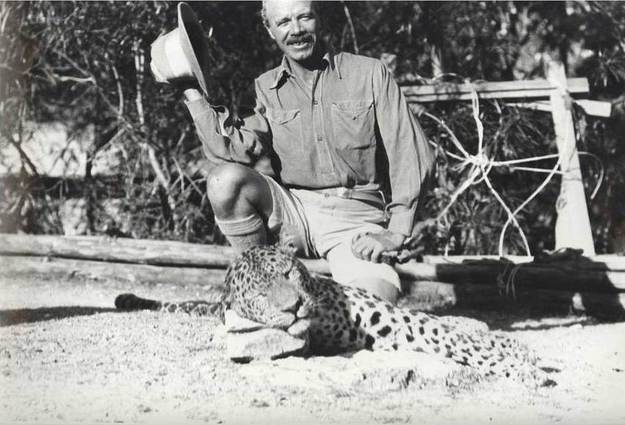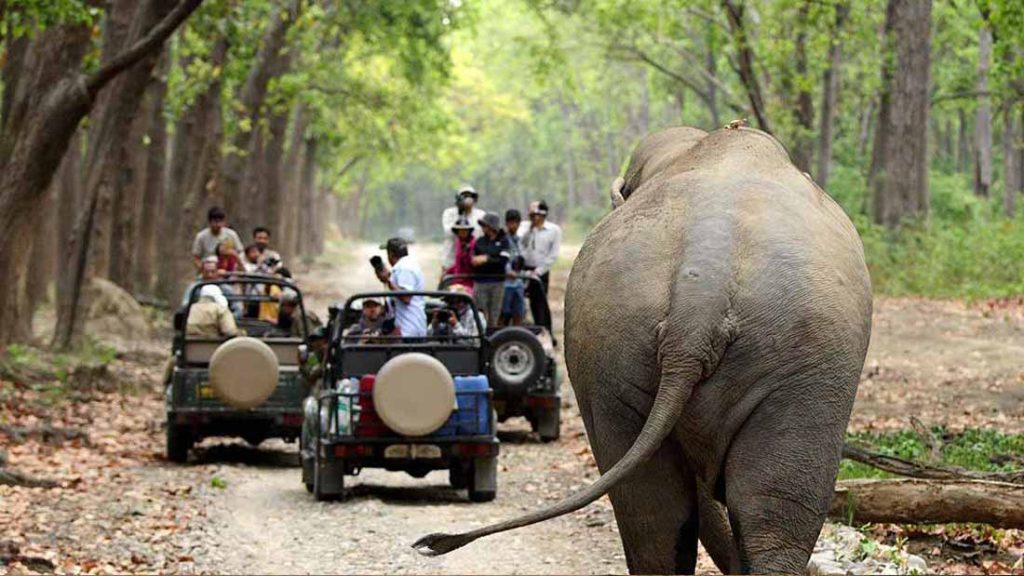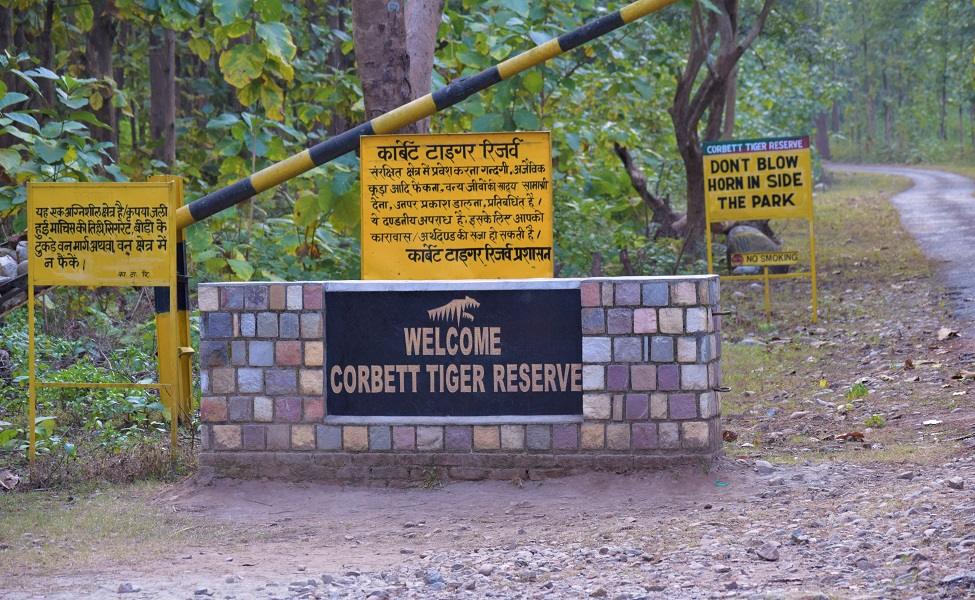Where is Jim Corbett National Park?
Jim Corbett National Park, located in the foothills of the Himalayas in Ramnagar, Uttarakhand, India, is a nature lover’s paradise and a haven for wildlife enthusiasts. Spanning over 500 square kilometers, the park is named after the legendary hunter-turned-conservationist, Jim Corbett, who played a vital role in establishing it as India’s first national park. With its diverse flora and fauna, picturesque landscapes, and thrilling safari experiences, Jim Corbett National Park attracts visitors from around the world.
The park’s natural water sources, dense forests, the presence of the Ramganga River, and an abundant prey population create an ideal environment for tigers, making it a perfect habitat for these majestic creatures. Situated in a picturesque setting at the foothills of the Himalayas along the banks of the Ramganga River, Jim Corbett National Park is unquestionably a sanctuary for wildlife enthusiasts. With a significant number of Royal Bengal Tigers, the park offers a remarkable opportunity to witness wildlife in all its glory. Jim Corbett Safari Booking Government Website: https://uttarakhandtourism.gov.in/destination/corbett-national-park
Corbett Park Safari Zones
Nestled amidst the lush greenery of the Himalayan foothills, Corbett National Park is a haven for wildlife enthusiasts and nature lovers alike. Established in 1936, Corbett holds the distinction of being India’s first national park and is renowned for its rich biodiversity and captivating landscapes. To enhance the exploration of this wilderness paradise, the park is divided into 13 distinct safari zones, each offering a unique glimpse into the park’s diverse ecosystems and resident wildlife.
| Zone | Entry Gate |
| Bijrani | Amdanda |
| Jhirna | Dhela |
| Dhikala | Dhangari |
| Durgadevi | Durgadevi |
| Dhela | Dhela |
| Garjiya | Garjiya |
| Sonanadi | Vatanvasa |
| Pakhro | Pakhro |
Corbett National Park Safari Booking Price
Corbett National Park Safari is one of the best ways to experience the beauty of Corbett National Park. There are a variety of safari options available, including jeep safaris, canter safaris, and elephant safaris. Jeep safaris are the most popular type of safari in Corbett National Park. They are conducted in open-top jeeps, which allow for better viewing of wildlife. Jeep safaris are typically conducted in the morning and evening hours.Canter safaris are a more affordable option than jeep safaris. They are conducted in open-top canters, which are larger vehicles than jeeps. Canter safaris are typically conducted in the morning and evening hours.
| Jeep Safari Price & Safari Zones |
|
| Price (Indian) | INR 7500 / – Jeep ( Maximum 6 Persons & 2 children (b/w – 5 to 12 years) are allowed in ONE Jeep) |
| Price (Foreigner) | INR 16000 / Jeep ( Maximum 6 Persons & 2 children (b/w – 5 to 12 years) are allowed in ONE Jeep ) |
| Zones | Bijrani / Garjiya / Jhirna / Dhela / Durgadevi / Phato / Sitabani |
| Timings | Morning 6:00 AM – 9.00 AM | Evening 1:30 PM – 5:00 PM (Safari Timing Varies as Season Changes) |
| Inclusions | Permission of CTR, Jeep, Driver, Permit and All Entries & Taxes. * Guide Fee to be paid by the guest on the spot directly. * Pick & drop is not included from hotels. |
| Canter Safari Price & Zone |
|
| Price (Indian) | INR 2500 / Person ( ONE Canter has 16 Seats ) |
| Price (Foreigner) | INR 4500 / Person ( ONE Canter has 16 Seats ) |
| Zones | Peaceful Dhikala |
| Timings | Morning 6:00 AM – 11.30 AM | Evening 12:00 PM – 5:30 PM |
Important Facts of Jim Corbett National Park
Identification: First and Oldest National Park in India
Objective: First Tiger Conservation Project in India (long tradition of conservation)
Established in: 1936 (as national park)
Location: Spread in Nainital and Pauri District, Ramnagar Town, Uttarakhand, India
Area: 1318.54 sq km
Core Area: 520.82 sq km
Buffer Area: 797.72 sq km
Altitude: 385 m – 1100 m above MSL
Longitude: 7805′ E to 7905′ E
Latitude: 29025’E to 29040′ N
Annual Rainfall: 1400-2800 mm.
Temperature Range: 4°C in winter to 42°C during summer
Climate: temperate, throughout the year
Best Time: 15th November to 15th June
History of Jim Corbett National Park

The history of Jim Corbett National Park dates back to the early 20th century. Initially, the area was a hunting ground for the British, but recognizing its ecological significance, it was declared as Hailey National Park in 1936. It was later renamed in honor of Jim Corbett, who dedicated his life to wildlife conservation and played a crucial role in the establishment of the park.
Jim Corbett, born in 1875, spent his early years in the hills of Uttarakhand. He developed a deep affinity for nature and wildlife, which eventually led him to become a renowned hunter. However, as he witnessed the rapid decline in wildlife populations, especially tigers, he transitioned from a hunter to a conservationist. Corbett actively worked towards raising awareness about the importance of preserving wildlife and habitats.
In 1936, under Corbett’s guidance, Hailey National Park was officially established, becoming India’s first national park and laying the foundation for conservation efforts in the country. Over the years, the park expanded in size and was renamed Jim Corbett National Park in 1957, as a tribute to the man who dedicated his life to protecting the region’s natural treasures.
Flora and Fauna in Jim Corbett National Park
Jim Corbett National Park boasts a rich biodiversity, with a wide variety of plant and animal species thriving within its boundaries. The park is home to approximately 488 species of plants, including sal, peepal, rohini, and bamboo, which contribute to the park’s lush greenery. These diverse habitats provide shelter and sustenance to a multitude of animal species.
The park is most famous for its tiger population, with around 250 Royal Bengal Tigers residing in its dense forests. In addition to tigers, Jim Corbett National Park is a sanctuary for several other charismatic wildlife species such as elephants, leopards, sloth bears, Himalayan black bears, spotted deer, sambar deer, and over 600 species of birds. The park also houses a significant population of reptiles, including crocodiles and various species of snakes.
Main Flora in Corbett: Sal, Semal, Dhak, Kharpat, Sissoo, Khair, Khingan, Bakli, Bel, Ber, Bamboo, Rohini, Pula, Khingan, and Kuthber.
Main Fauna in Corbett National Park
- Mammals: Tiger, Leopard, Elephant, Chital, Sambar, Hog Deer, Barking Deer, Wild Boar, Langur, Wild Pig, Rhesus Monkey, Sambar, and Jackal.
- Birds: Peacock, Jungle Fowl, Partridge, Kaleej Pheasant, Crow, Vulture, Parakeet, Laughing Thrush, Oriole, Kingfisher, Drongo, Dove, Woodpecker, Duck, Teal, Stork, Cormorant, and Seagull.
- Reptiles: Indian Marsh Crocodile, Gharial, King Cobra, Common Krait, Cobra, Russell’s Viper, Python, and Monitor Lizard.
- Fish: Mahaseer, Kalimuchi, Kalabasu, Chilwa, and Goonch.
Safari and Adventure in Jim Corbett National Park

Exploring Jim Corbett National Park is an exhilarating experience. The park offers various safari options, including jeep safaris, elephant safaris, and canter safaris, allowing visitors to venture into the heart of the wilderness and witness the beauty of its inhabitants. Accompanied by experienced guides, these safaris offer a chance to spot elusive tigers, observe majestic elephants, and marvel at the diverse birdlife.
For adventure enthusiasts, the park provides opportunities for activities like river rafting, rappelling, rock climbing, and nature walks. The surrounding landscapes of Jim Corbett National Park, characterized by rolling hills, gushing rivers, and dense forests, create a perfect backdrop for thrilling outdoor adventures.
Conservation and Challenges of Jim Corbett National Park

Jim Corbett National Park is not only a popular tourist destination but also plays a vital role in wildlife conservation. The park management focuses on preserving the delicate ecosystem and protecting the endangered species that call it home. Conservation initiatives include anti-poaching efforts, habitat preservation, and community engagement programs to promote sustainable practices.
Human-Wildlife Conflict: One of the significant challenges faced by Jim Corbett National Park is human-wildlife conflict. As the park is surrounded by villages and agricultural lands, interactions between local communities and wildlife are inevitable. Incidents of crop raiding by elephants, attacks on livestock by predators, and occasional human casualties pose challenges to both wildlife conservation and the well-being of local communities. Efforts are made to mitigate conflict through the implementation of eco-development programs, construction of physical barriers, and raising awareness about coexistence with wildlife.
Poaching and Illegal Wildlife Trade: Poaching remains a persistent threat to the wildlife of Jim Corbett National Park. The demand for wildlife products, especially tiger parts and bones, drives illegal activities. Park authorities work in collaboration with law enforcement agencies to combat poaching by strengthening anti-poaching measures, conducting regular patrols, and promoting intelligence networks. Community involvement and education play a crucial role in curbing illegal wildlife trade and raising awareness about the importance of conservation.
Habitat Fragmentation and Encroachment: Habitat fragmentation, primarily caused by expanding human settlements and infrastructure development, poses a significant challenge to the park’s wildlife. The encroachment of forest land disrupts animal migration routes, reduces available habitats, and increases human-wildlife conflicts. Efforts are made to address this issue through land acquisition, relocation of communities from critical areas, and the establishment of buffer zones around the park. The aim is to create a sustainable balance between human needs and wildlife conservation.
Climate Change: The impact of climate change poses a long-term challenge to the biodiversity of Jim Corbett National Park. Changing weather patterns, increased temperatures, and alterations in rainfall patterns can disrupt ecosystems and affect the breeding and migratory patterns of wildlife. The park management focuses on climate change research, monitoring the ecological impacts, and implementing measures to adapt to and mitigate the effects of climate change. This includes reforestation programs, water conservation initiatives, and promoting sustainable tourism practices.
Sustainable Tourism: While tourism provides economic benefits and raises awareness about conservation, it also presents challenges in terms of managing visitor numbers and minimizing the ecological footprint. The park authorities have implemented guidelines and regulations to ensure responsible and sustainable tourism practices. These include limited entry permits, designated safari routes, waste management systems, and environmental education for visitors. The aim is to strike a balance between tourism activities and the conservation of fragile ecosystems.
Jim Corbett Weather
The in Jim Corbett weather is currently pleasant, with a bright sun shining and a temperature of 17°C. You can expect a similar sunny day with a high of 18°C and a low of 6°C. There’s a very slight chance of rain this week, so you can mostly pack light for your trip. The UV index is moderate at 4, so don’t forget to apply sunscreen before heading out. The wind is blowing gently from the west at 6 km/h, making the weather feel even more refreshing.




 Weekly One Liners 15th to 21st of Decemb...
Weekly One Liners 15th to 21st of Decemb...
 World Basketball Day 2025 Celebrates Bas...
World Basketball Day 2025 Celebrates Bas...
 UN Celebrates Second World Meditation Da...
UN Celebrates Second World Meditation Da...







